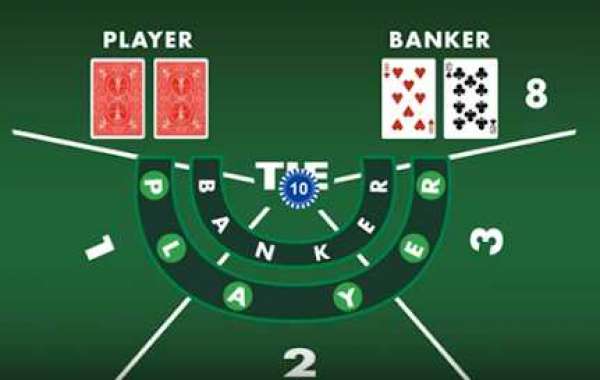In the world of sports, there exists a wide array of games that have captivated the hearts and minds of athletes and enthusiasts alike. Among these, two native American sports have gained recognition and popularity over the years: American Stickball and Lacrosse. Both of these games have deep historical roots and offer unique experiences. In this article, we will explore the differences and similarities between American Stickball and Lacrosse, shedding light on their rich histories, gameplay, and cultural significance.
Origins and History
American Stickball vs. Lacrosse, also known as stickball, is a sport that traces its origins to Native American communities across North America, particularly among the southeastern tribes such as the Choctaw, Cherokee, and Chickasaw. The game was traditionally played to settle disputes, as a form of physical training, or for ceremonial purposes. Stickball's roots run deep, with some historians suggesting that the game dates back over a thousand years.
Lacrosse: Lacrosse, on the other hand, has its roots in the Native American tribes of the Great Lakes region, particularly among the Iroquois Confederacy. The game was originally called "tewaarathon" or "dehuntshigwa'es" and played for various purposes, including as a means of conflict resolution, a spiritual ritual, and as training for warriors. European settlers in North America witnessed the game and adapted it, eventually leading to the modern version of lacrosse we know today.
Gameplay
American Stickball: Stickball is often played in an open field, street, or even a parking lot. The game is fast-paced and typically involves two teams, each consisting of several players. Players use sticks, traditionally made of wood, with a net or basket on the end to catch, carry, and throw a small ball. The objective is to score points by getting the ball into the opponent's goal, which can be a designated area or a makeshift goal marked by two objects. Physical contact is common in stickball, and players wear minimal protective gear.
Lacrosse: Lacrosse is played on a rectangular field with specific dimensions. Each team typically has ten players, including a goalkeeper. Players use a long-handled stick with a net to carry and pass the ball. The objective is to score goals by shooting the ball into the opponent's net, which is guarded by the goalkeeper. Lacrosse emphasizes team strategy, agility, and precision passing. While physical contact is allowed, there are rules in place to regulate it, and players wear protective gear, including helmets, gloves, and padding.
Cultural Significance
American Stickball: Stickball holds immense cultural significance among Native American communities. It is not merely a sport but a reflection of tribal heritage and traditions. Many tribes still organize stickball games as part of ceremonies or festivals, preserving their cultural heritage. The game fosters a sense of community and provides a way to pass down traditions from one generation to the next.
Lacrosse: Lacrosse also carries cultural significance, especially for the Iroquois people who consider it a gift from the Creator. Lacrosse is often referred to as the "Medicine Game" because it is believed to have healing properties and is used in various ceremonies. The sport has grown to become an international phenomenon, with teams from different nations competing at the highest level, including in the Olympics.
Conclusion
American Stickball and Lacrosse are two remarkable Native American sports, each with its own distinct history, gameplay, and cultural importance. While stickball maintains its deep roots in tribal traditions and ceremonies, lacrosse has evolved into a globally recognized sport with a rich history and international following. Both games serve as a testament to the enduring legacy of Native American culture and athleticism, and they continue to bring people together through the joy of competition and shared heritage. Whether you're captivated by the raw energy of stickball or the strategic finesse of lacrosse, these sports offer unique experiences that celebrate the spirit of athleticism and cultural preservation.






